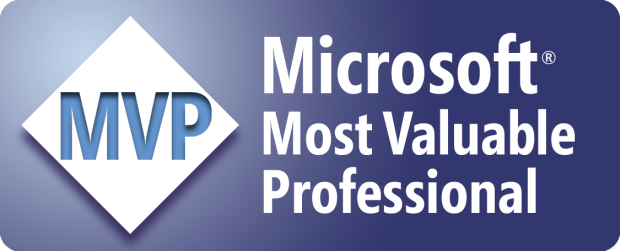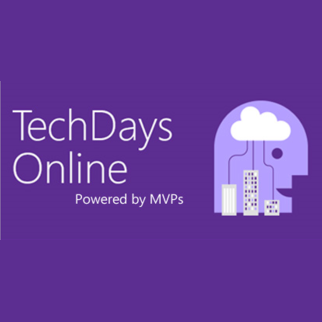Office 365 presents an opportunity to meet more business objectives than ever before with an ever expanding set of services. However, out-dated attitudes and practices towards implementation of the Office 365 platform make it difficult for many organisations to realise this potential.
AddIn365 offer a fresh partner perspective on how clients can maximise the return on their investment in Office 365 with a context driven approach to add-in development. This new approach takes advantage of the great new services Office 365 provides and focuses on attaining a high level of employee adoption.
Office 365 presents a unique opportunity to move beyond a fragmented digital estate; it is a platform that brings together email, enterprise search, intranet, collaboration, enterprise social network and instant messenger. Furthermore, Office 365 natively provides the tools to link to other systems with ease via features such as the app launcher. Read more about the app launcher here.
Last year Microsoft released 400+ new features to the Office 365 platform. Many of these new features are complex and make light work of providing organisation’s insights that would have cost clients millions to develop in years gone by. Delve is just one example of this high quality engineering that comes as part and parcel of the Office 365 experience; it uses machine learning to understand who you are, who your network is and to suggest content that might be useful to you that you have not engaged directly with.
Organisations have recognised the opportunity that Office 365 presents in moving away from a disjointed collection of systems to a more integrated one. According to Radicati, growth of the Office 365 market share is expected to be 20% year on year for the next four years.
In order to take advantage of the great new services available with Office 365, organisations are turning to the market which tends to offer custom development or products in response to their business requirements, both of which present challenges.
Custom development tends to be:
- Very Sites (SharePoint) focused.
- Bends towards developing capabilities rather than configuring what is already available. This means that organisations tend to face more cost and protracted timescales when trying to deploy Office 365 than they need to.
- Employee adoption is a secondary consideration to development and is often glossed over altogether.
Organisations that go down the product route tend to suffer three challenges:
- Adoption is still a problem; employees using the platform will never ‘learn’ what is available so only a portion of the product will be used.
- Products tend to branch from the Office 365 platform; clients that have invested in off the shelf products end up on the vendor roadmap and inevitably fall behind what Office 365 natively has to offer because Office 365 is evolving at a faster pace. This limits the return on investment an organisation can get from Office 365.
- Products also tend to be based primarily on the Sites (SharePoint) part of the platform and do not take advantage of the great new services – again limiting the return on investment an organisation can get from Office 365.
We have seen these product challenges materialise recently within the intranet space (not too long ago I counted more than 15 products). Microsoft plan to release Infopedia in early 2016 which will provide all the common requirements an organisation has of an intranet, as Chris O’Brien reports here. With a powerhouse of engineers behind it this Office 365 native intranet capability will quickly become superior to any off the shelf product or custom developed intranet in the market.
Organisations are faced with a conundrum; both custom code and many off the shelf products fail to maximise a return on what is already available in Office 365 and inherit the adoption challenge.
So, how should organisations approach rolling out Office 365, in order to take advantage of the platform’s great new services and take employees on the journey with them?
I took the decision recently to co-found AddIn365. AddIn365 is the first Microsoft partner globally to offer a range of mobile and tablet friendly Workforce Enablement add-ins, for Microsoft Office and Microsoft’s Office 365 platform.
The AddIn365 add-in approach is context driven; tailored to individual employee’s daily tasks to ensure a high level of adoption whilst making use of a cross section of Office 365’s new capabilities.
AddIn365 add-ins increase productivity around common daily tasks and in doing so improve the employee experience of work.
Our two launch add-ins are:
- AddIn Work Hub for Office 365 which provides staff a fully personalised dashboard to facilitate individual and cross-functional coordination, whether that work is operational, customer facing or delivery orientated.
- AddIn Document Builder which is a Microsoft Office app that enables the workforce to create high quality documents quickly, through the creation and reuse of assets.
AddIn Work Hub brings together Calendar, Outlook, Delve, Groups, SharePoint team sites, Stories and the Video Portal.
AddIn Document Builder makes the process of document creation fast and accurate in Word, Excel and PowerPoint.
My ethos behind the designs of these new products has been:
- Make Office 365 intuitive for staff to use by providing context-led technology, so staff want to use the platform to get their work done faster and to a higher standard.
- Help organisations to get even more return on their investment in the Office 365 platform by using the new services Microsoft make available to support usage of the whole platform and not just SharePoint.
- Keep organisations on the Office 365 roadmap with a configure over customise development approach.
I’m really excited about the AddIn365 project and will be posting further on how I have led our engineering team to produce these add-ins over the next few months.
In the meanwhile, I would encourage you to check out the AddIn365 website and follow us on Twitter and LinkedIn for regular updates.





